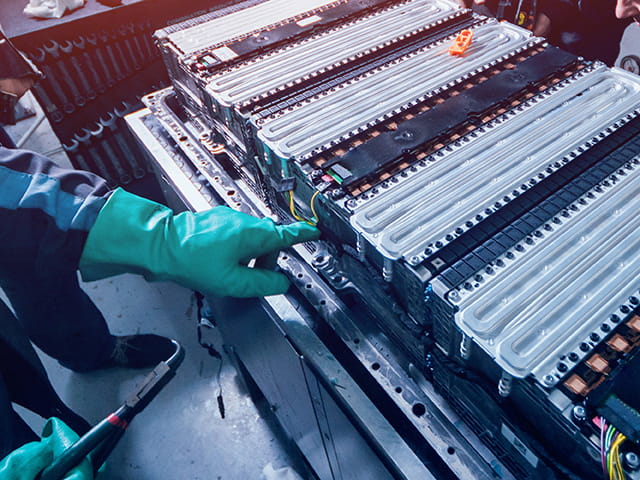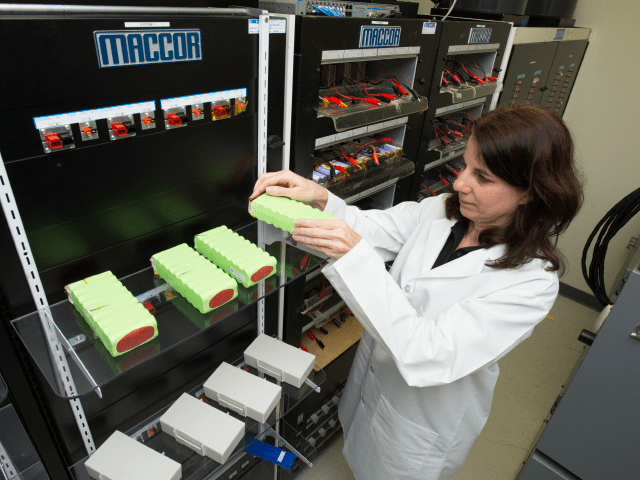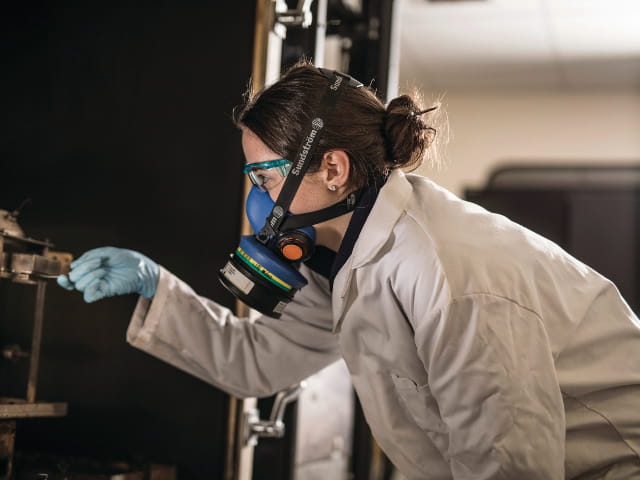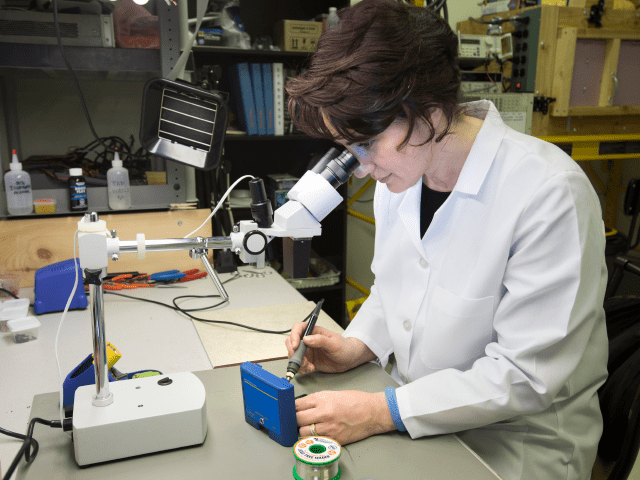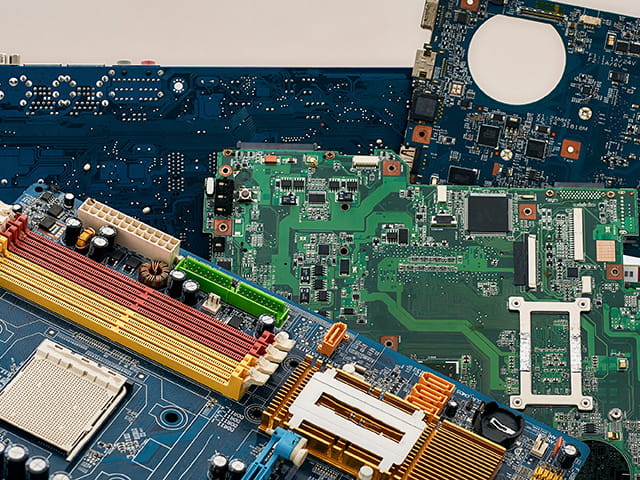New Sodium-Ion Battery Safety Requirements Recommended by the UN

Although lithium-ion batteries have dominated the rechargeable battery market for decades, new and emerging battery chemistries may soon challenge that dominance. One of the most promising contenders is the sodium-ion battery, an option that could mean cheaper EV batteries with similar power storage properties if the technology reaches its hoped-for potential. Because they are so new, however, sodium-ion batteries had not previously been addressed in the quality or safety regulations that apply to similar batteries, like lithium-ion batteries.
To begin closing this regulatory gap, the UN’s “Sub-Committee of Experts on the Transport of Dangerous Goods” recently proposed that regulations for lithium-ion batteries should also include language about sodium-ion batteries. The proposal seeks to apply the same classifications and safety rules to sodium-ion cells that are currently applied to lithium-ion cells, updating the UN Manual of Tests and Criteria as well as the shipping regulations for the global transportation of dangerous goods. This means that sodium-ion cells will need to meet the same testing, packaging, labeling, and shipping requirements as lithium-ion batteries do currently.
Although sodium-ion cell technology is still evolving and the first sodium-ion batteries are just starting to enter the market, battery testing experts generally regard sodium-ion cells as having similar safety and volatility risks as lithium-ion batteries. Because lithium-ion batteries have been on the market for a very long time and the risks associated with them are well understood, applying the same requirements to sodium-ion chemistries is a logical first step to supporting public safety. If sodium-ion batteries become widely used, regulations to address them will continue to evolve, addressing any emergent safety concerns unique to sodium-ion technology.
Now that the UN sub-committee has issued this proposal, the recommended changes should soon be implemented in the UN Manual of Tests and Criteria and will then be incorporated into various international, regional, and carrier-specific requirements, such as those set out by IMDG, IATA, ICAO, and the US Department of Transportation. Individual organizations that transport batteries like UPS, FedEx, and various airlines set their own rules and requirements for the batteries they transport, but those rules will have to be at least as stringent as what is required by the UN and by local code authorities.
Battery regulation is changing rapidly as new chemistries emerge and as new use cases uncover potential weaknesses in battery design. If you are a manufacturer with questions about what regulations apply to your batteries or battery-powered products, reach out to the experts at Element for guidance. We provide battery safety testing across a range of industries and regions, which requires our testing experts to remain constantly up-to-date on how regulations and standards are applied in practice. Contact us for more information.
If you would like to read the UN’s report, click here.
Find related Resources
Related Resources
Learn more
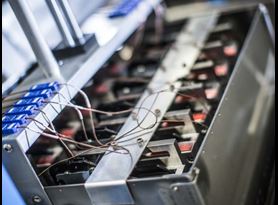
Battery Testing Services
Element stays up-to-date with the latest industry trends, including automotive, medical, and technology. We offer comprehensive battery testing services for a wide variety of batteries and cells.
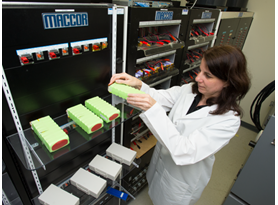
Battery Performance Testing
Element’s battery performance testing provides crucial insight on how your battery will perform under real-world conditions.
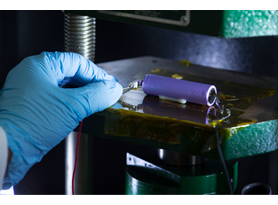
Battery Safety Testing
Protect consumer safety, ensure reliable performance, and support your brand’s reputation with advanced battery safety testing for a wide range of battery-powered products.
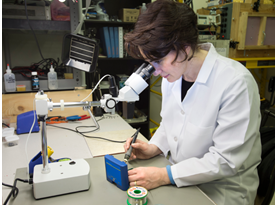
Battery Failure Analysis
Identify the root cause of battery failures and build better, safer products with data from Element’s comprehensive battery failure analysis.
